A high performance compact ultra-wide zoom with a constant F2.8 aperture.
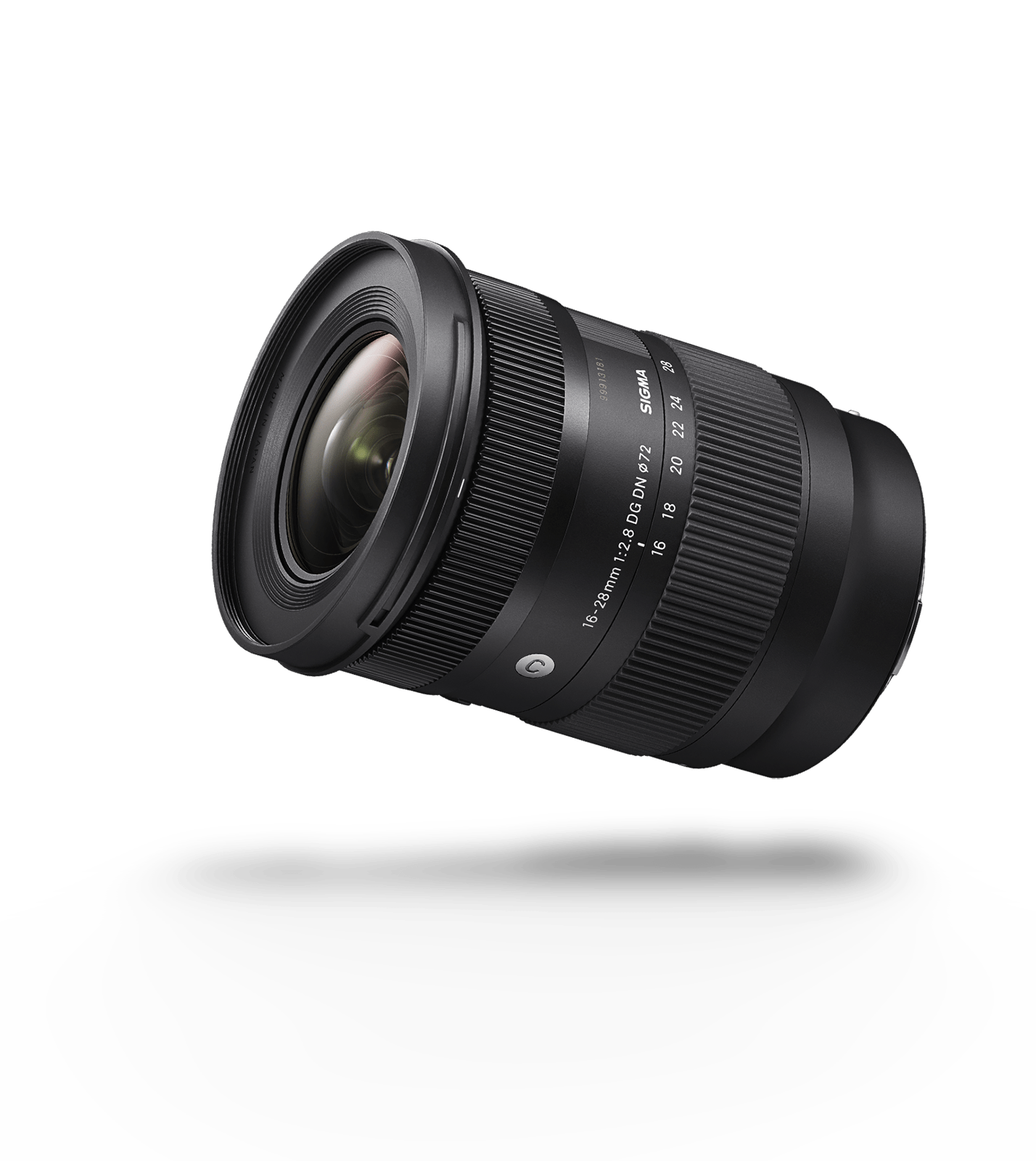
from
£799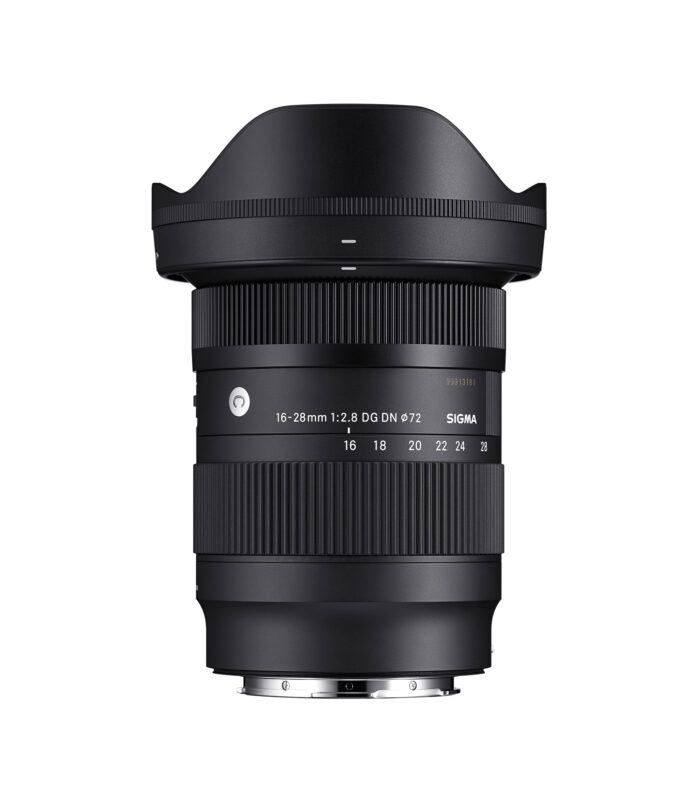
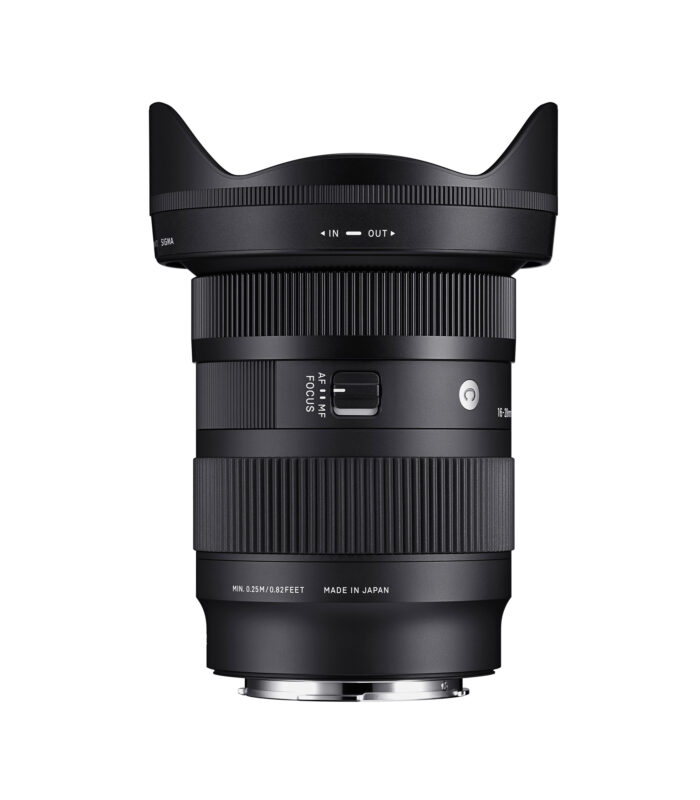
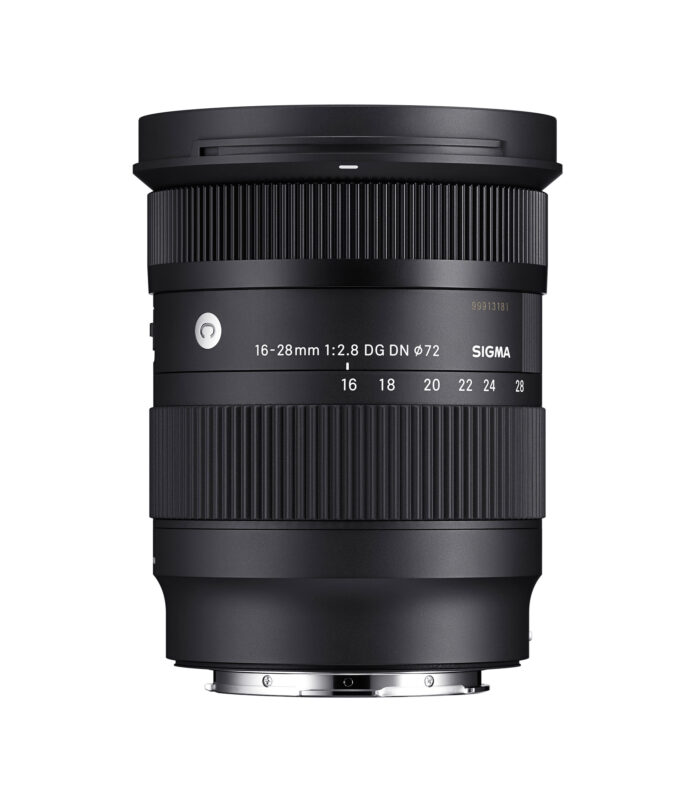
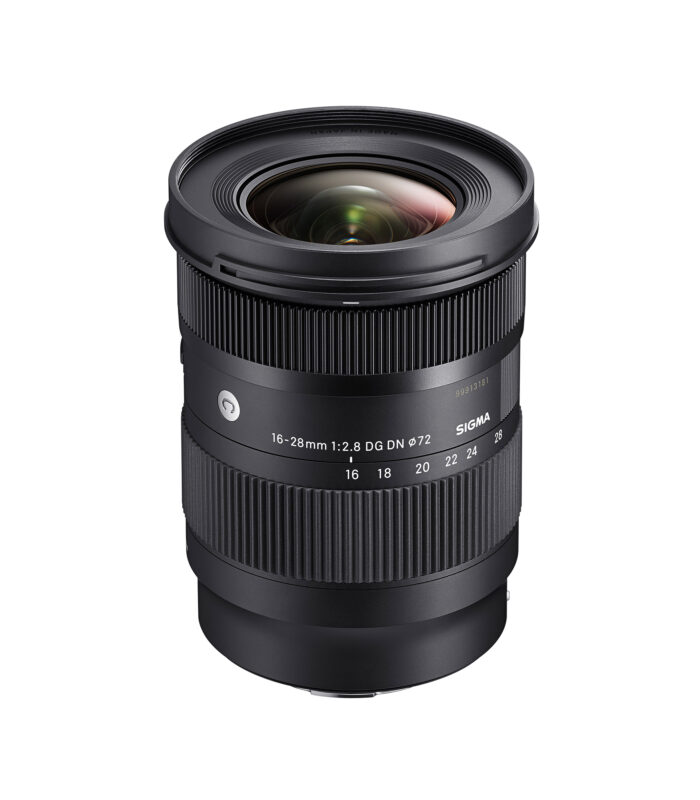
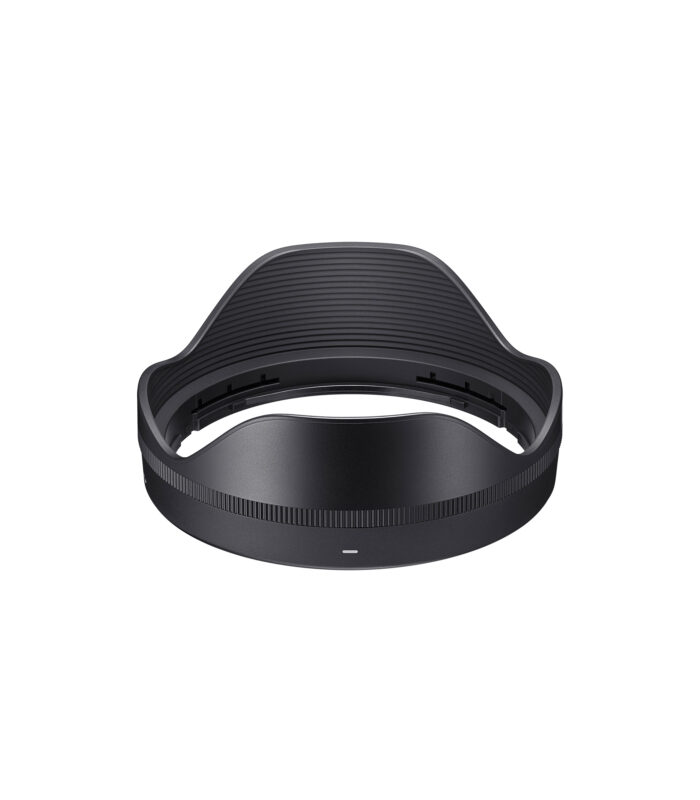
from
£799Sigma’s award winning 16-28mm F2.8 is an ultra-wide-angle, wide-aperture zoom for full-frame mirrorless cameras. Combining outstanding optical performance with a constant F2.8 aperture, the lens is perfect for landscape, wedding, interior and architectural photography. Weighing in at 450g and measuring just 100.6mm in length, the lens is exceptionally portable, so is an attractive option for photographers wanting to travel light without compromising on optical quality.
Optimised with the latest optical design technology, the 16-28mm is a high-performance optic that delivers exceptional sharpness across the frame with very little in the way of unwanted aberrations. An internal zoom mechanism keeps the overall length of the lens consistent throughout the entire zoom range, so that the lens’ centre of gravity stays fairly constant. This is perfect for gimbal use as it would not need adjusting when the focal length is changed. A filter thread around the front element makes attaching filters easy.
The quality of this lens was recognised at the TIPA Awards and the AP Awards in 2023, where it won the Best Wide-Angle Zoom Lens and the Wide-Angle Zoom Lens of the Year awards respectively.
The exterior barrel of the 16-28mm is constructed using a polymer called Thermally Stable Composite (TSC). This has a similar thermal expansion rate to aluminium, meaning that the metal interior of the lens and the TSC exterior behave in the same way as temperatures change. TSC is also light and strong, and has a sleek finish for a premium look.
The SIGMA 16-28mm has both an internal zoom mechanism and an internal focus mechanism, so the lens always remains the same length. This makes it well suited to gimbal use due to a relatively constant centre of gravity, and it also means the end of the lens doesn’t rotate when focusing – important when using filters.
The lens has a stepping motor that delivers smooth, fast and accurate AF for both stills and video. It has been designed with lighter glass elements in the focus lens group, which ensures responsive autofocus that is fully compatible with all the latest AF camera technology.
The durable brass mount is surrounded by a rubber seal to help keep out dust and moisture.
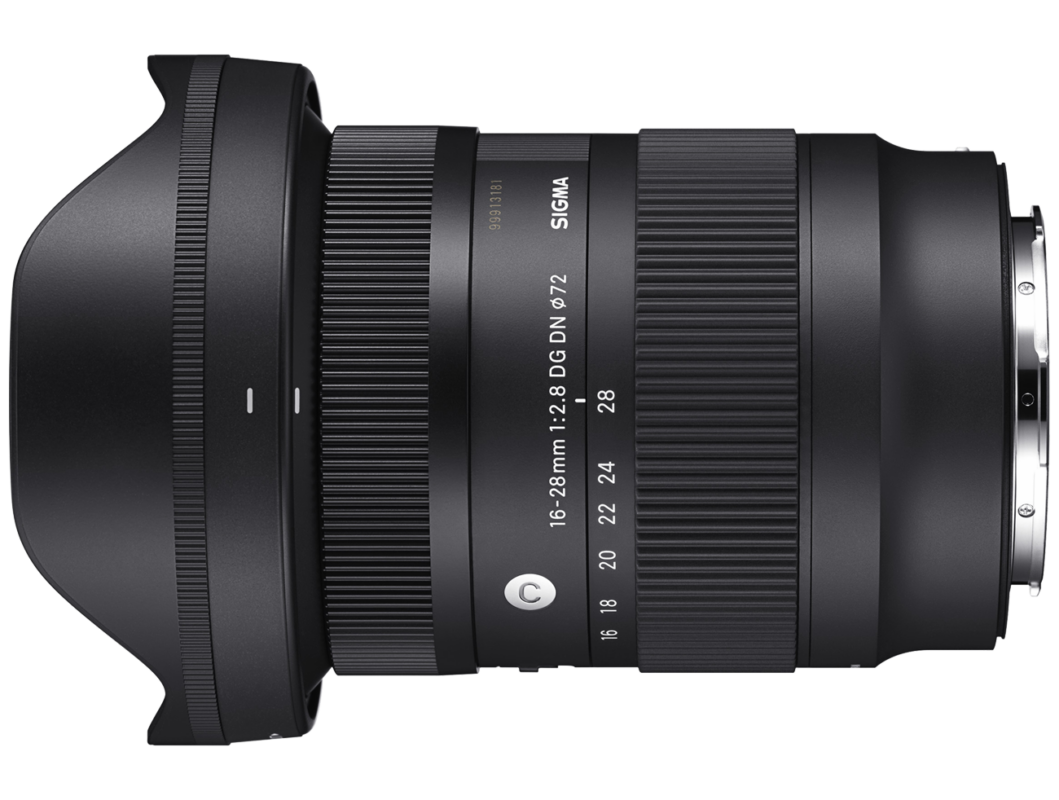
Precision brass mount with seal
Protects against dust and moisture.
Rubberised zoom ring
With smooth, accurate action.
Sleek polymer body
With Thermally Stable Composite (TSC) technology.
Manual focus ring
With AF/MF switch.
Petal-shaped lens hood
To help cut down on excessive flare in bright direct sunlight.
Despite weighing only 450g, the 16-28mm F2.8 DG DN delivers outstanding optical quality even on very high-resolution sensors. Optical performance is maintained across the whole frame, meaning fine detail is rendered perfectly right into the corners.
The lens has an advanced optical design made up of 16 elements in 11 groups, including 4 aspherical elements and 5 FLD elements. These ensure razor-sharp results and work with in-camera digital corrections to eliminate chromatic aberration, flare, distortion and vignetting.
The lens has advanced optical coatings which reduce flare and ghosting when working in bright direct sunlight – very important on an ultra-wide-angle lens.
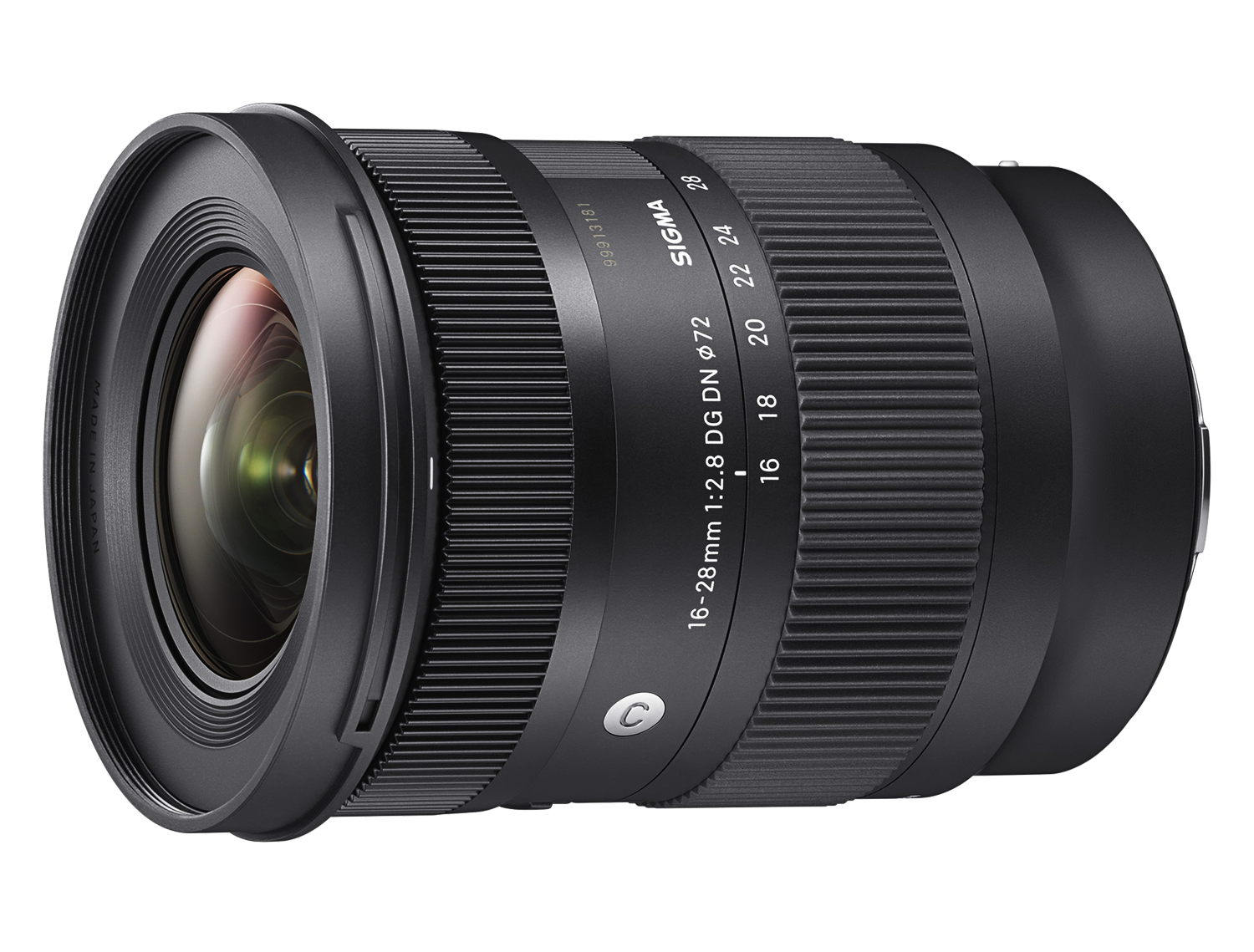
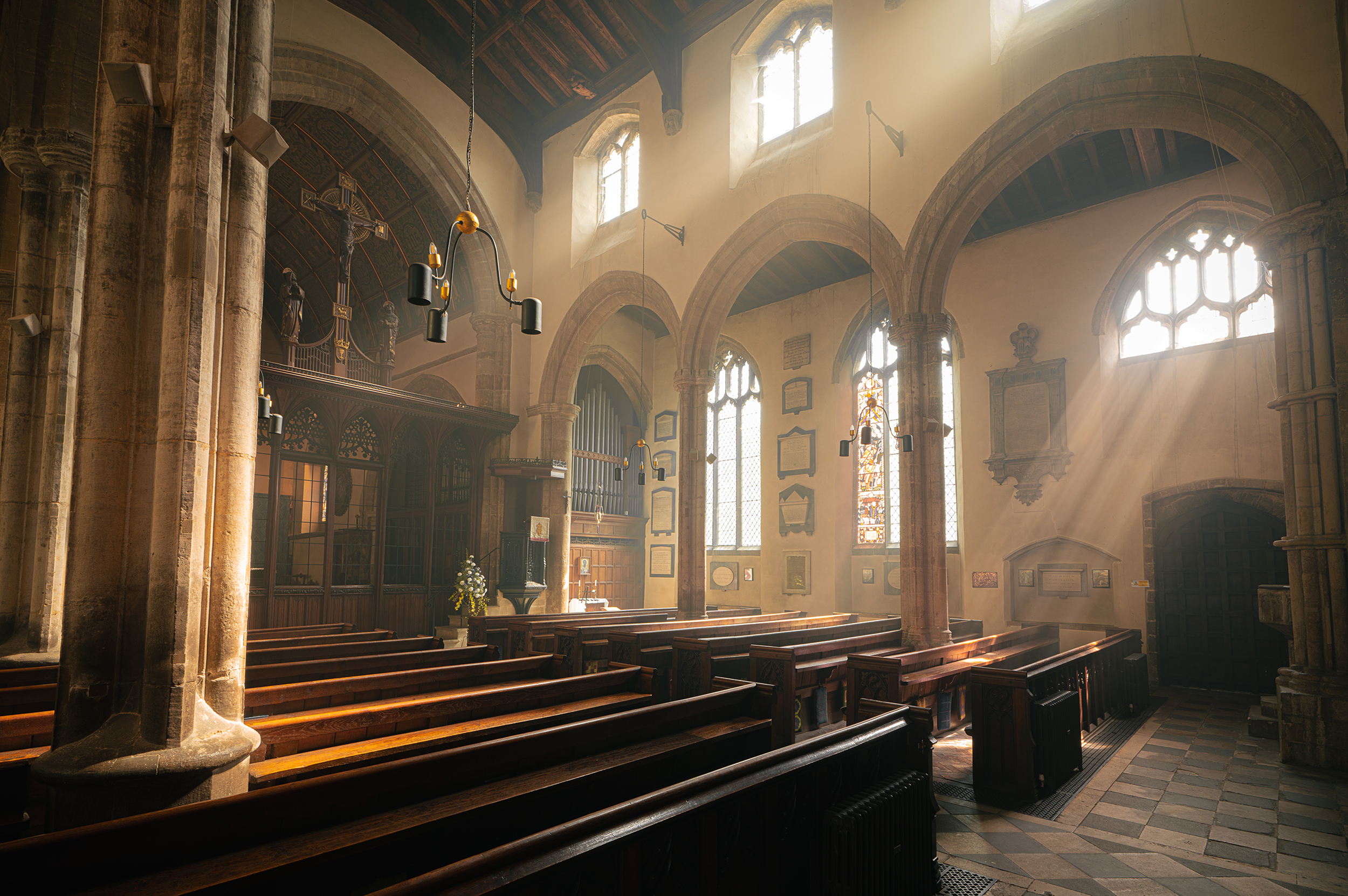
The 16-28mm has a very wide maximum angle-of-view of 107°, which makes it ideal for shooting in tight spaces such as the interior of buildings. The lens also has a constant bright maximum aperture of F2.8, which allows plenty of light through the lens. This is ideal for shooting hand-held in low-light conditions because it helps eliminate camera-shake.
Want to see the 16-28mm F2.8 DG DN | C in action? Join Tim in Britain’s Best Landscapes as he sets out to find the UK’s most beautiful locations for landscape photographers. In this third episode, he travels to the Northumberland coast to visit three stunning castles. As always, he’s up against the clock with just 24 hours to get the best images he can.
The 16-28mm F2.8 DG DN | C and 14-24mm F2/8 DG DN | A are Sigma’s ultra-wide-angle zoom options for full-frame mirrorless cameras. Both have a constant maximum aperture of F2.8, and image quality is excellent on both optics. The 16-28mm is 43% lighter, so is well suited to photographers who like to travel light. The 14-24mm on the other hand has a rear filter holder built in, and AFL button, and a slightly more premium build.
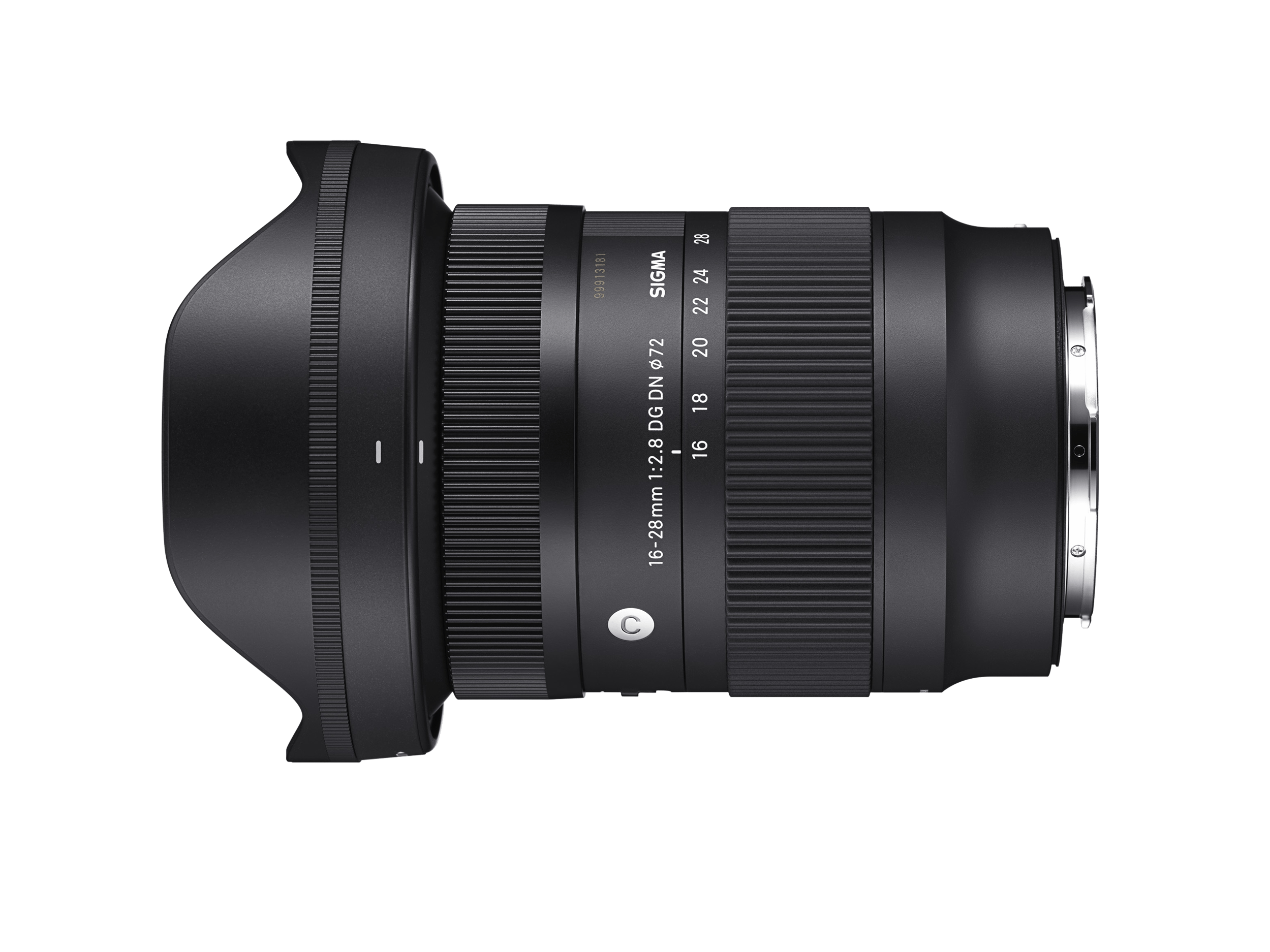
450g
100.6mm
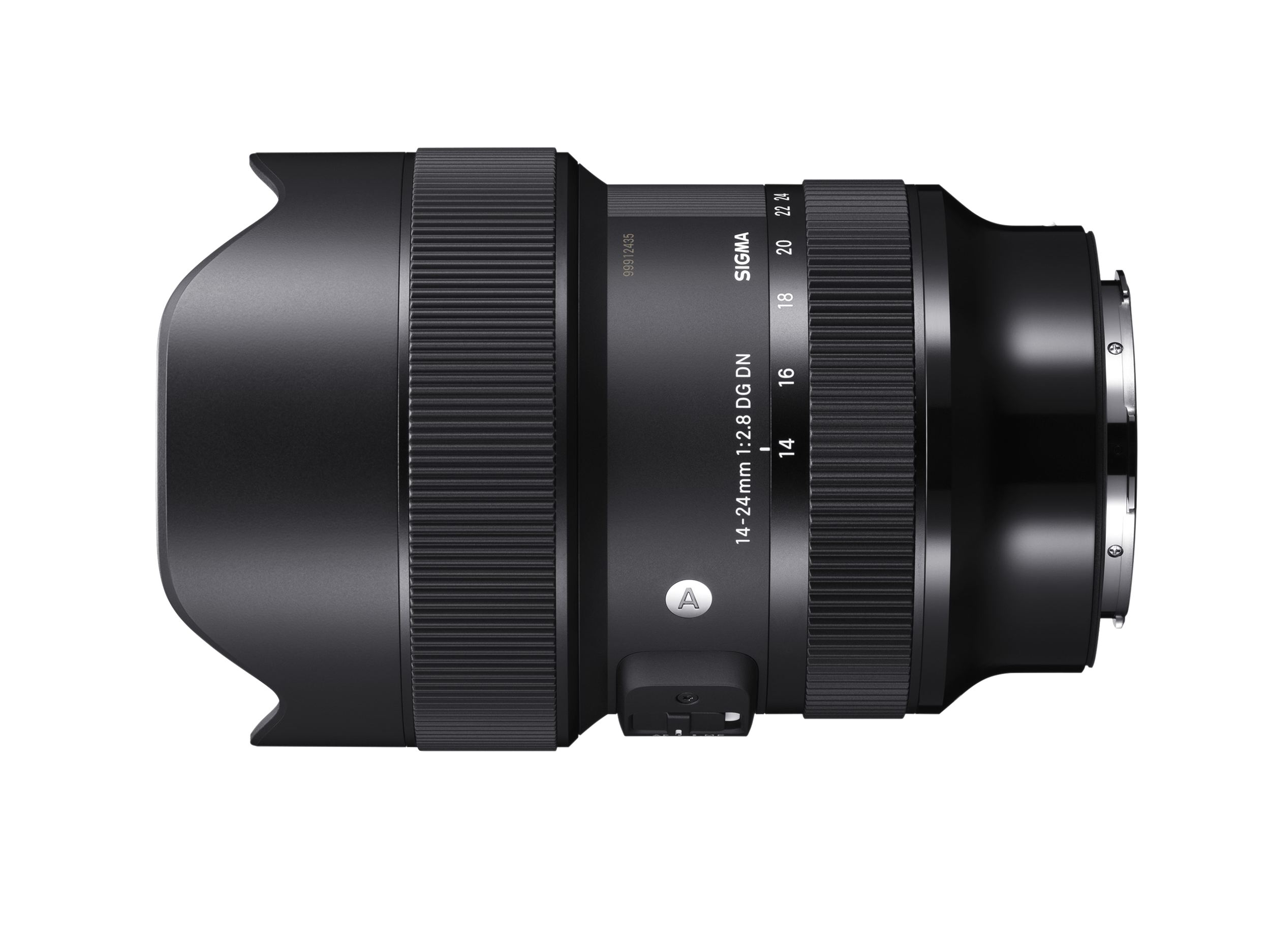
795g
131mm
If you’re tempted by the 16-28mm F2.8, why not consider the Landscape Pro twin lens full-frame zoom kit, which also comes with the 28-70mm F2.8 and two WR protector filters. Covering ultra-wide to short-telephoto with an F2.8 aperture, these portable, versatile and optically excellent lenses are an absolute staple for landscape photographers who like to travel light.
The kit costs £1429, saving you £244 off SRP.
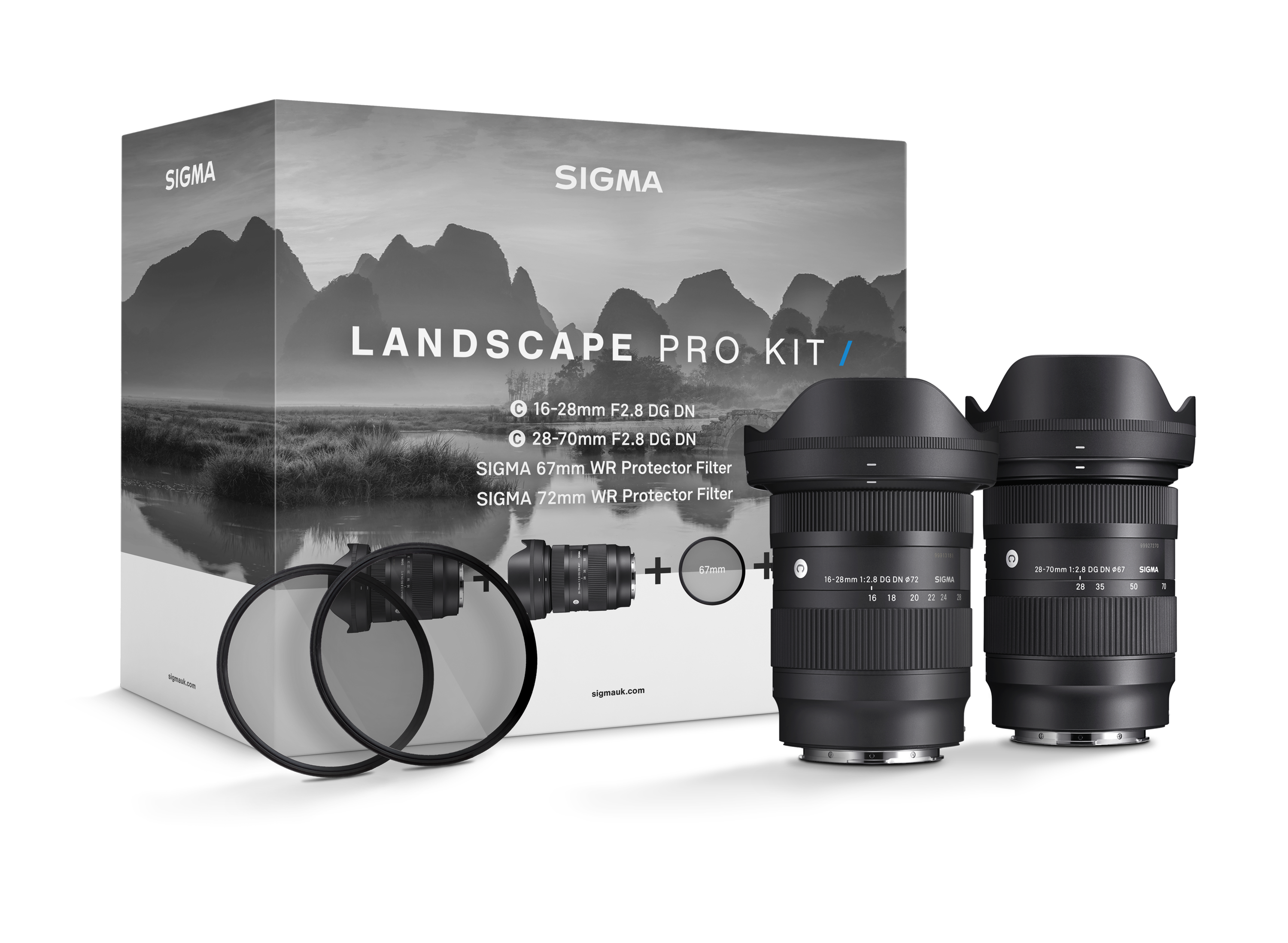
All Sigma cameras and lenses are designed, manufactured and assembled at our sole factory at Aizu in Japan. This domestic production model is unusual in today’s industry, with most imaging companies opting to outsource to other countries to reduce costs. But we believe that keeping virtually all manufacturing, processing and assembly in Aizu is essential for creating innovative, carefully thought-out and impeccably constructed products that meet the needs of professional photographers and film-makers around the world.
Sigma chose Aizu as its main production base in the early 1970s. Situated at the base of Mount Bandai in the Fukushima Prefecture, about four hours’ drive north of the Sigma head office in Tokyo, Aizu has an abundance of very clean water from mountain streams – essential for grinding and polishing lenses. Sigma’s founder, Michihiro Yamaki was also drawn to this area for its workforce, who have a reputation their craftsmanship, work ethic and attention to detail.
Today Sigma’s factory in Aizu is more than 50,000 square feet in size, and packed full of some of the most advanced optical manufacturing technology in existence. So when you buy a Sigma camera or lens you can be sure that virtually every single component part has been manufactured and assembled by us, in Japan, with the greatest level of care and attention. We hope you enjoy using our products.
If you want to see how a particular SIGMA lens or camera performs, why not test drive it with our SIGMA Select hire service. Available for selected SIGMA lenses, short-term loans are free of charge (including shipping), with a small fee if you want to test it for longer. Refundable deposit required. Subject to availability.
Lens construction
16 elements in 11 groups
Angle of view
107.0°-75.4°
Number of diaphragm blades
9 (rounded diaphragm)
Minimum aperture
F22
Minimum focusing distance
25cm
Maximum magnification ratio
1:5.6
Filter thread
72mm
Dimensions (diameter x length)
ø77.2mm × 100.6mm
Weight
450g
Corresponding AF mounts
L-Mount | Sony E
L-Mount barcode
00-85126-206697
Sony E barcode
00-85126-206659
Specifications are for L-Mount

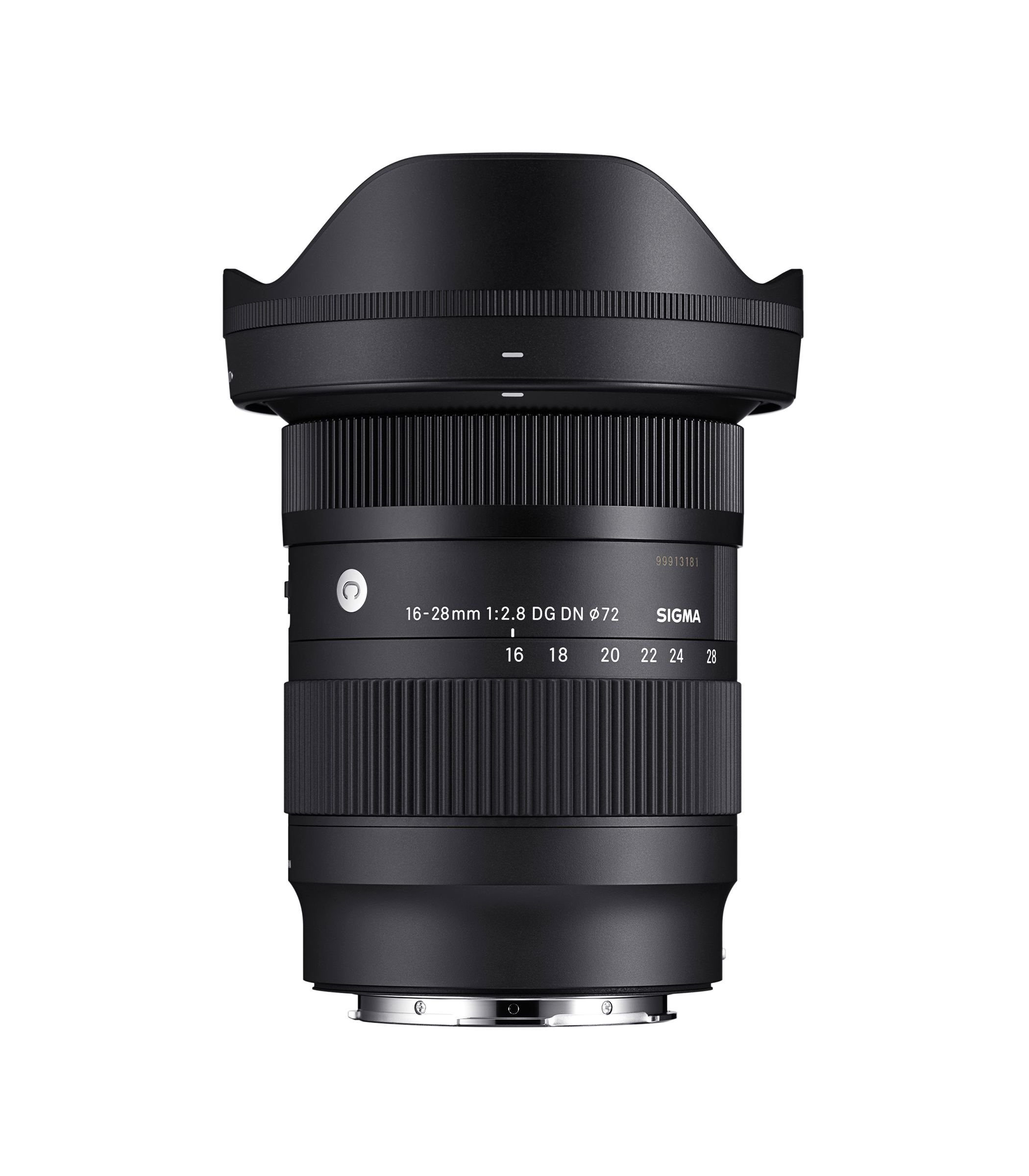
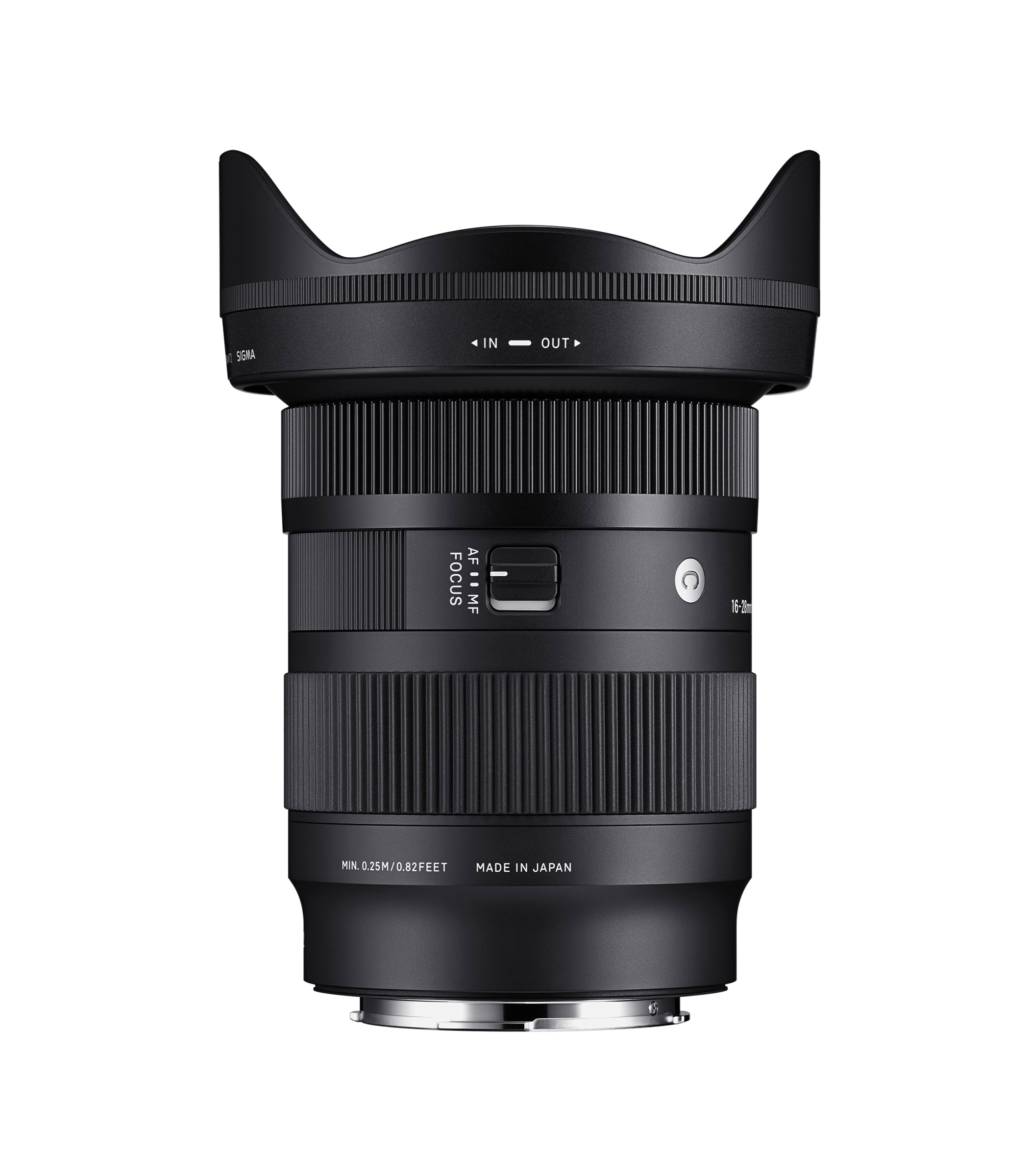
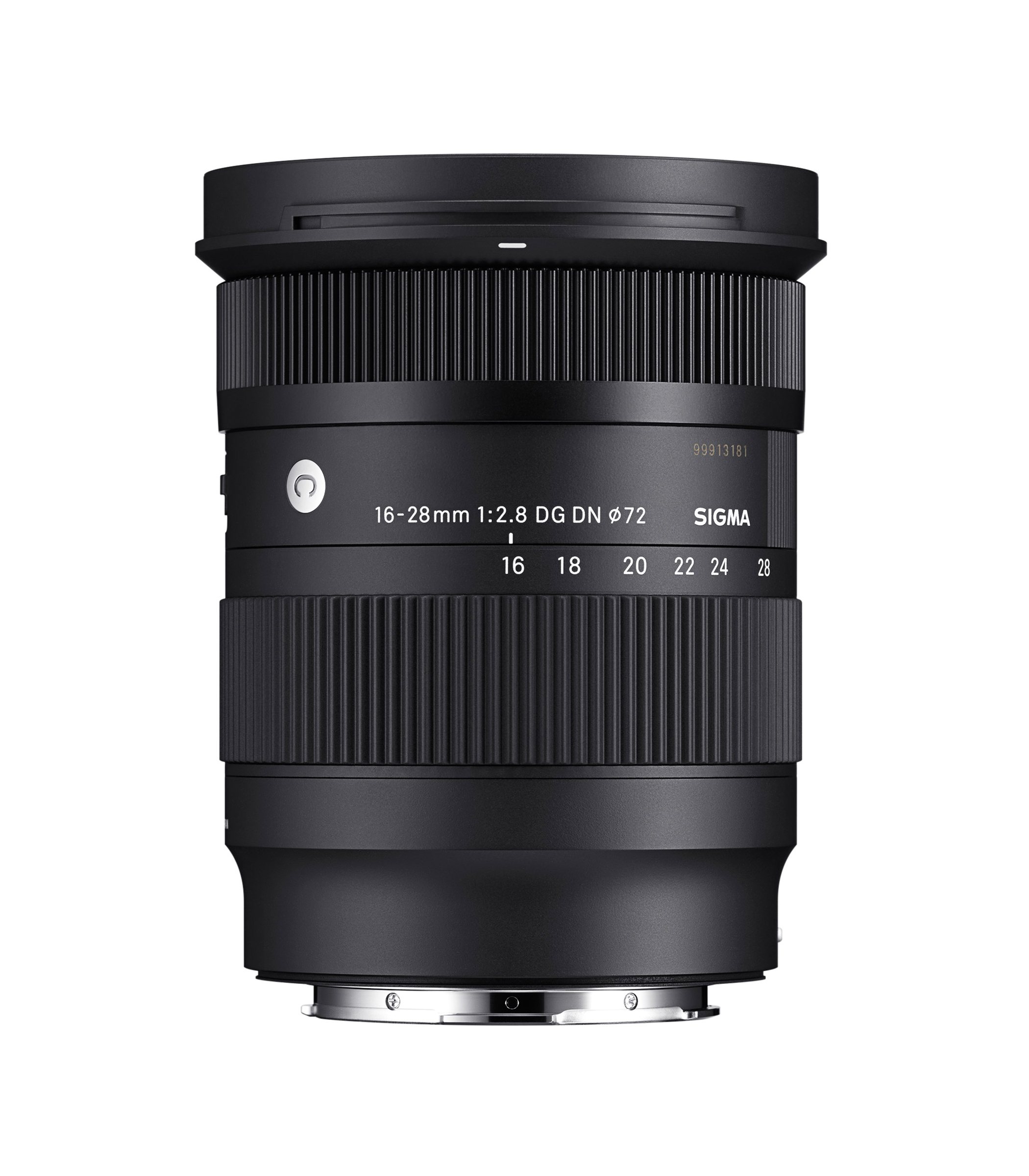
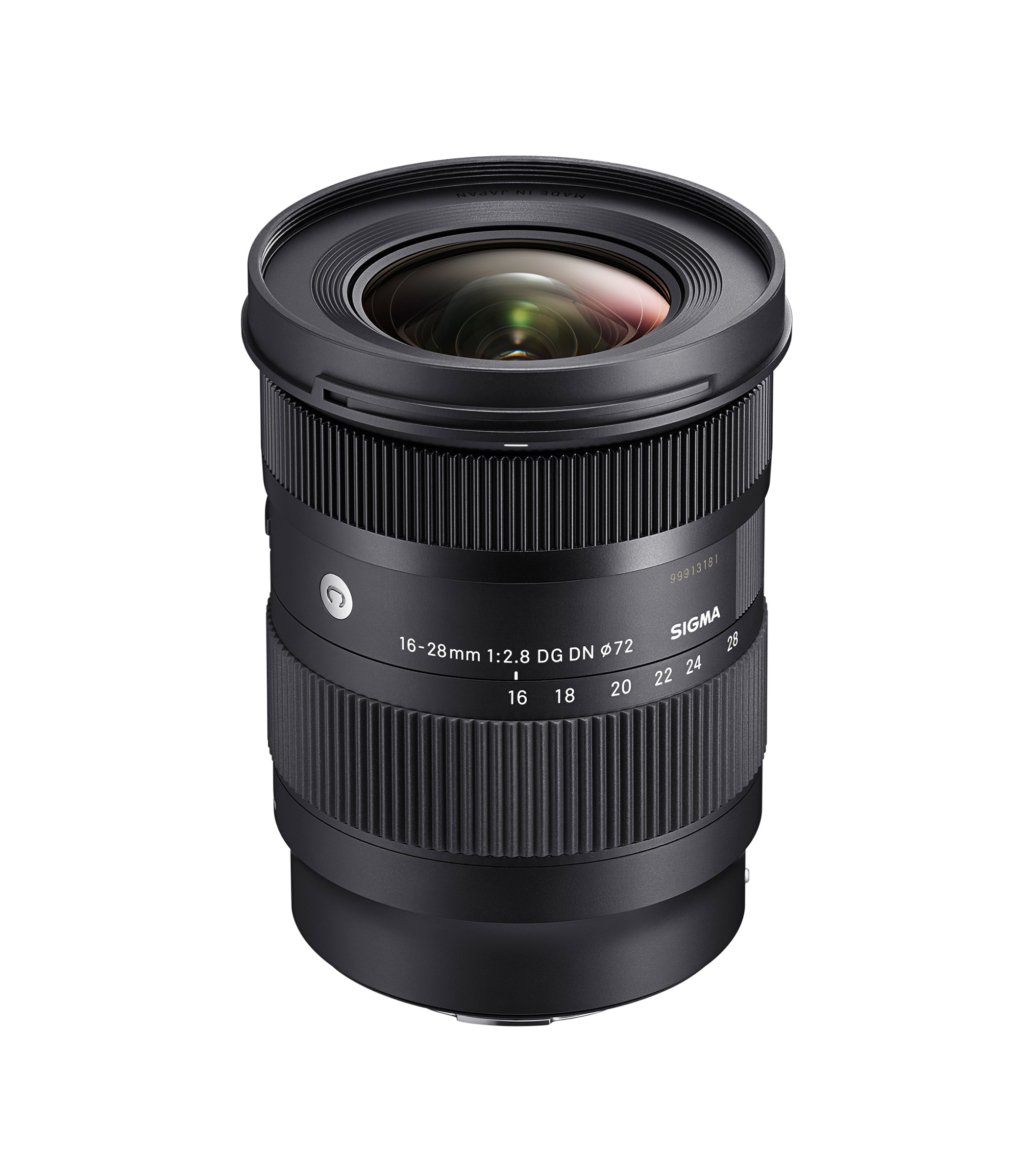
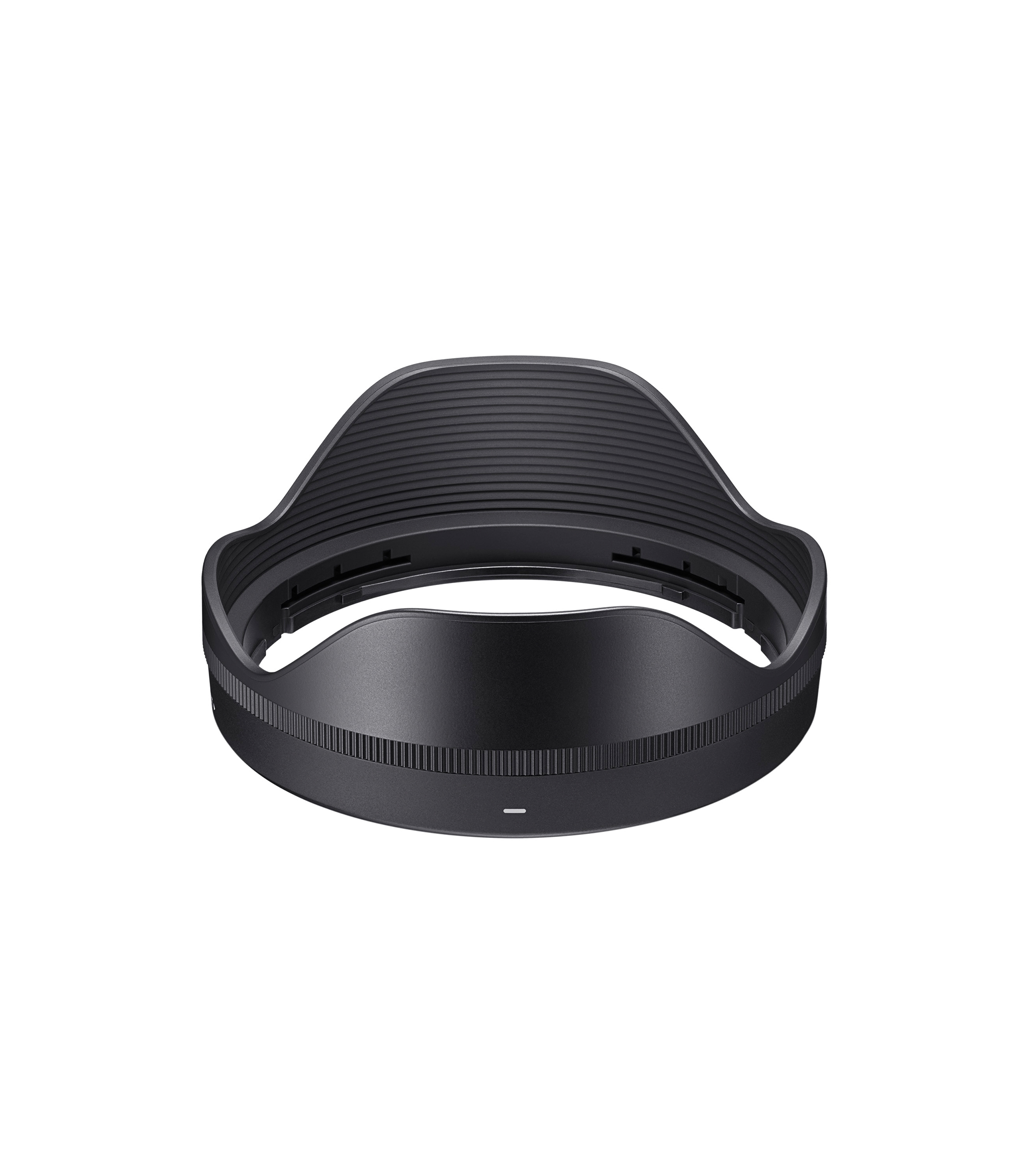
A special coating applied to the front element to help repel water and oil.
This suppresses flare and ghosting by minimising reflections within the lens, ensuring punchy, high-contrast results. All lenses in the current Sigma range feature this technology.
Internal focus or an inner focus system means the lens configuration uses movable internal lens elements that adjust focus without changing the length of the lens barrel. This helps keep the centre of gravity of the lens more constant when changing focus.
The lens has an image circle large enough to be used on a full-frame camera. It can also be used on cameras with a smaller ‘crop’ sensor, provided the mount is compatible.
The lens has a filter thread around the front element onto which filters and filter holders can be attached.
The mount is the part of the lens that attaches to the camera body. A coated brass mount is used for strength, and is surrounded by a rubber seal to keep out dust and moisture.
This switch toggles between autofocus and manual focus.
The diaphragm is constructed of nine rounded blades for a circular aperture opening and round out-of-focus highlights.
Sign up now